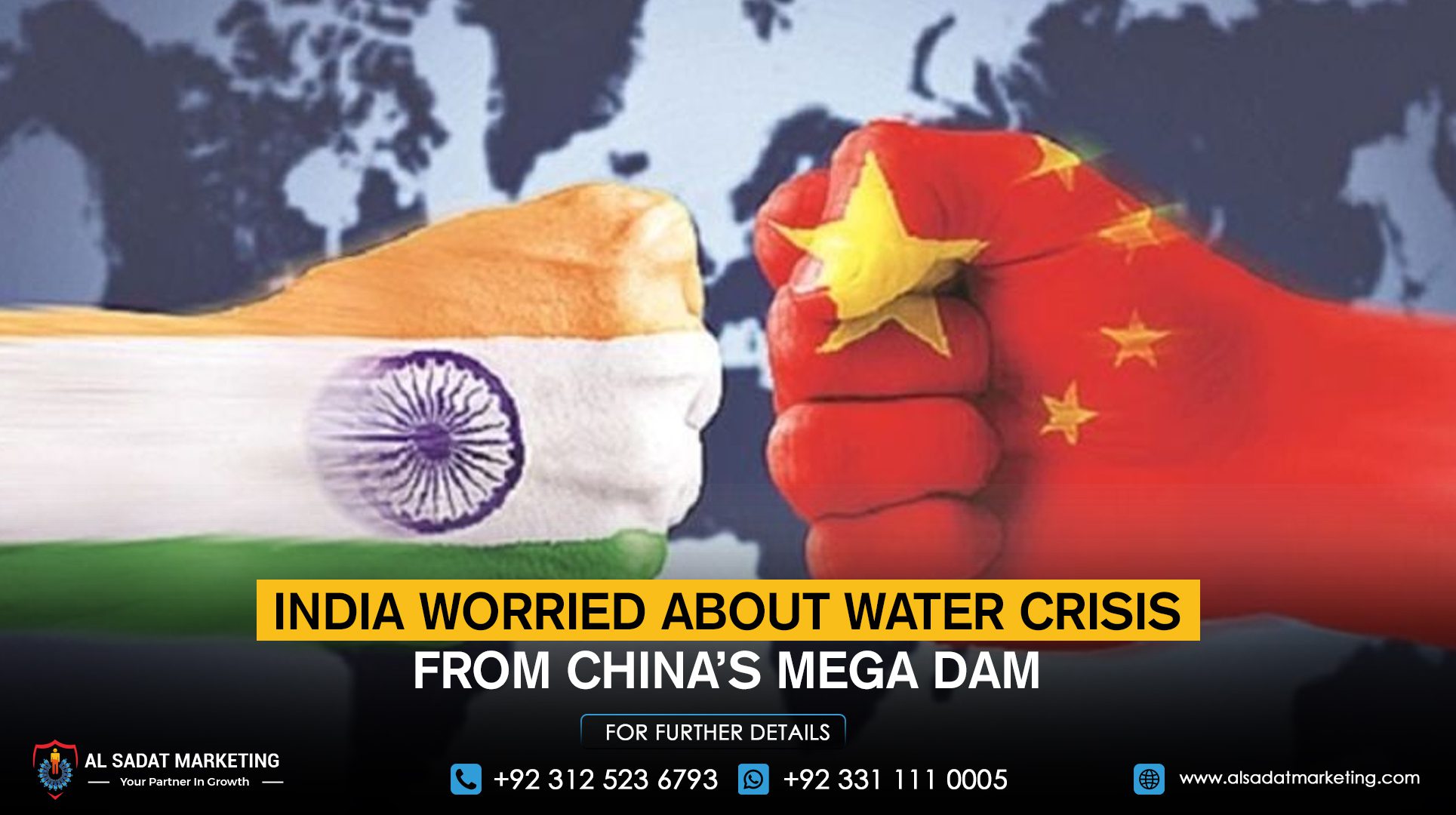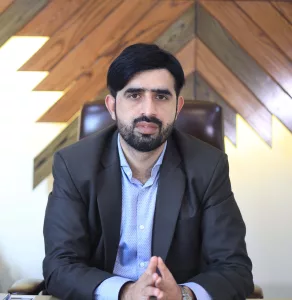High in the Himalayas, where the Yarlung Zangbo river begins its journey from Tibet into India, a new mega-project is stirring up old tensions. China has started building what it claims will be the world’s largest hydropower dam — a $170 billion structure that could reshape the future of water for millions living downstream.
For India, the stakes couldn’t be higher. The river, known as the Siang in Arunachal Pradesh and the Brahmaputra further down, is a lifeline for more than 100 million people across India and Bangladesh. Delhi’s own estimates suggest the dam could cut water flows by as much as 85% in the dry season, crippling farms and communities that depend on it.
“China could effectively turn the tap on or off,” one Indian official warned, reflecting growing fears that Beijing may one day “weaponize water.”
India’s Answer: Building Its Own Giant Dam
In response, India is racing to push forward the Upper Siang Multipurpose Dam in Arunachal Pradesh, which would be the country’s largest.
The dam is designed to hold back 14 billion cubic meters of water — enough to reduce Guwahati’s predicted water shortfall from 25% to just 11% during lean months. By leaving part of the reservoir empty, it could also absorb sudden water surges released upstream from China’s dam.
To Delhi, this is about security. But for locals, it feels like a threat.
Voices from the Valley: “We Will Fight to the End”
The Adi community in Arunachal Pradesh has farmed these valleys for generations, growing paddy, cardamom, and citrus. Now, their homes and fields lie in the path of India’s proposed project.
At least 16 villages would go underwater, displacing nearly 10,000 people.
“We will fight the dam to death,” said Odoni Palo Pabin, a mother of two who runs a small grocery shop. For her and many others, it isn’t just about losing land — it’s about losing identity, heritage, and a way of life.
Protests have already turned violent, with villagers destroying equipment and blocking engineers from entering. Some communities, however, have softened their stance after the government promised compensation and new infrastructure.
A Fragile Balance in a Shaky Zone
The tension isn’t just political. Both dams are being built in earthquake-prone regions, where the risk of landslides and glacial floods adds another layer of danger.
China insists its project is safe and will not harm neighbors. India isn’t convinced. Foreign Minister S. Jaishankar has raised the issue directly with Beijing, but with little progress.
At the same time, India itself is facing criticism for suspending its 1960 water treaty with Pakistan — fueling accusations that it too is willing to use rivers as a political weapon.
What Lies Ahead
China’s mega-dam could be operational by the early 2030s. India’s Upper Siang dam, if approved, will take more than a decade to complete. That leaves years of uncertainty, with both nations locked in territorial disputes and local communities caught in the middle.
For the people of Arunachal Pradesh, the question is painfully simple: Will these dams bring progress — or will they wash away their lives?










